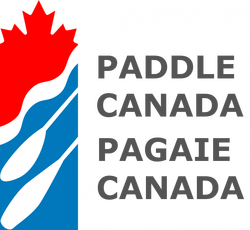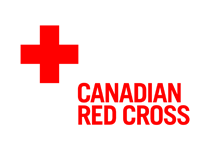The High Peaks region of Adirondack Park is a hiking mecca. It is a massive area containing over 6 million acres and over 2000 miles of hiking trails. According to historical measurements, there are 46 peaks over 4000 feet in height and the goal of many is to summit all of them and belong to a club of members that have done the same: The ADK 46ers. There are now over 10,000 members of this club dating back to the 1920's when many of the peaks had no access trails and hikers had to bushwhack their way up. I completed my first round in 2012, but have returned to hike most of the 46 again. I have attained summits in all months of the year. I firmly believe that if you can hike the 46, you can hike anywhere in the world.
For some it's a walk in the park, for others it tests your every limit. Some share time with old friends, some make new friends, and some go solo. According to Grace Hudowalski #9: "There is something spiritual in it. The mountains mean something different and special to each person. They are what connect us as a group. But the journey is an inward one, learning about yourself".
If you're up for the challenge here are my tips:
1. Recording Your Hikes
Print off a list of the peaks to check off as you hike them. Many can be grouped together and done in the same day. After your hike, you need to record details of your hike like: date, time, weather, what you saw, photos, and other interesting info. These records are what helps you prove that you have accomplished the summit in order to approved by your correspondant at the ADK 46er organization. Some people make a simple written journal on paper, some create a blog, some use a spreadsheet. Personally I created a blog and then printed it off as a keepsake book afterward! To submit your record, head to the ADK 46er webpage and begin the process listed there. They used to only correspond by mail, but have begun an electronic version.
2. Trail Information
a) Each Thursday the Department of Environmental Conservation (DEC) releases an updated trail condition report for hikers hiking the High Peaks. This is an important report to read before your trip as it gives up to date information on things like: flooded areas, bear reports, closed sections of trail, seasonal information, etc.
b) Here are some other links to find out recent trail info:
TrailsNH.com - compilations of most recent trip reports from the internet for each peak
Adirondack 4000 Footer Hiking Group on Facebook - Recent photos and a community willing to answer questions
The Mountaineer- This Keene Valley store is great for speaking to someone about local conditions as well as picking up any rentals you may need (snowshoes, skis, crampons, etc). They also sell plastic coated topo type maps with hiking trails of the entire High Peaks region which you will need for your goal.
c) An excellent website for trail descriptions and timing is Andrew Lavigne's ADK website. He has multiple trip reports from every peak including photos, distance, elevation gained, hiking time, etc. He also has .gpx files that you can download and load on your GPS for those winter unmarked trail hikes. A valuable resource that sure that helped me when I did my 46.
3. Where to Stay
a) Backcountry camping in the High Peaks Wilderness areas at Lean-to's and campsites is free. These sites are first come, first served, and most require you to hike in 3 miles to reach the site. The sites normally have an outhouse and are close to a water source. There are a couple of spots that you can essentially drive to and camp for free. One is South Meadow road on the Loj road, but it has limited sites and are almost always full. Another one is along Corey's Road near the Seward Range. There are also 2 hike-in cabins along John's Brook that have to be reserved in advance.
b) State Parks and other car campgrounds: There are numerous paid campgrounds that include campsites with picnic tables, showers and flush toilets, and running water. Popular ones include:
Lake Harris State Campground
Wilmington Notch Campground
Adirondack Loj Campground (also have lean-to's and canvas cabins for rent)
KOA Lake Placid/Whiteface
c) Cheap Lodging
I try to camp in the summer months, but tend to gravitate to lodging in the winter months (sometimes I winter camp!). Here are some of my favourite places to stay on the cheaper end of the spectrum:
Keene Valley Hostel
TMax-n-Topos Hostel
Cascade Motel
Roostercomb Inn, Keene Valley
Adirondack Hotel in Long Lake
Cloudsplitter Cabins in Newcomb
4. Weather and Equipment
a) Make sure to check out the weather forecast for your hike. Checking the Keene Valley weather however may not give you an accurate prediction of what's going on 3500 feet above so check the National Weather Service's Mountain Forecast before you go.
b) Dress for the LOW. If the nighttime low is 25F, and the daytime is 40F, dress for the LOW. As you ascend, the temperature gets cooler. I find if you start your hike early, head up to the top and descend late afternoon, your average hiking temp all day will be around 25-30F depending on the wind. Never dress for the daytime high, and always bring multiple layers.
c) What to bring? Here is a printable list of equipment you should be bringing with you on your day hikes for all four seasons in the ADKs. Dress in layers: Baselayer (polyester,merino wool, polypropelene), Insulation (fleece, wool, down), Wateproof-Breathable Rain and Wind Shell (Goretex Paclite, Hellytech, Entrant, Pertex). Many of the hikes are remote, so if you don't have map, compass and GPS skills go with someone who does (or learn yourself!). Many hikes start and end in the dark, so a headlamp is mandatory on every hike. Many DEC ranger reports cite rescues caused by people getting caught out at night without a headlamp. Survival gear is also important as cell service is rare while hiking and shouldn't be relied on for Ranger rescues. Be prepared! Winter hikes require snowshoes, microspikes and crampons. Don't skimp on equipment! Here is the link to my list.
5. Training
For anyone who has done any ADK hiking, undoubtedly they would be characterized as 'steep', 'rocky', 'rooty' and 'wet'. Showing up without a doing some work beforehand is a recipe for failure. Here are a few recommendations:
a) Aerobic training: Swim, cycle, run, nordic walk, or hike at home on a regular basis in order to prepare your heart and lungs for the 3-12 hour long hike. High intensity intervals really help get your body ready for the steep sections when the heart is really pumping. Try 5 x 1 minute of upping your pace the next time on your run, swim, cycle, or walk.
b) Strength training: You need to prepare your legs for hiking, and your arms for pulling on roots or pushing on hiking poles. Here is what has worked for me:
- Weighted pack ascents: Find a local ski hill, or staircase, or any and load a pack with weight (waterbottles or medicine balls work great) up to 15-30lbs for day hiking. Your body will be used to carrying a pack and weight.
-Strength training: Lunges, squats, step ups, calf raises are 4 key lower body exercises. I lunge with 2 x 20lbs x 3 sets for weeks before hikes. Triceps, lats, biceps and shoulders are also good muscle areas to train for poling or scrambling as well core training for balancing on logs, snow spines and rocks.
c) Flexibility- Stretching out your muscles and maximizing your joint range of motion is important in hiking. Scrambling up rocky sections, high steps, and jumping over brooks requires flexibility. Preventing injuries is important, and flexibility is key.
d) Additional skills - Having a background in rock climbing, ice climbing, and/or mountaineering is an asset in the High Peaks. Scrambling up rocky cliffs becomes less scary as does your footing on icy slopes if you have had training in this area. Consider this an positive addition to your hiking skillset.
6. Becoming Official
Once you have completed your 46, there are a few things left to do. One, is to submit your hike logs and join the ADK 46er organization. You will be notified of your acceptance and awarded a certificate at a banquet the following May at the Crowne Plaza in Lake Placid. Membership privileges include the ability to order official 46er swag, and receive the PEEKS magazine mailed to you home. Two, is to summit the unofficial 4000 footer mountain McNaughton! CONGRATULATIONS!!!
What's next? If you still have the hiking bug and want another challenge, check out these other hiking challenges:
Winter 46er
Saranac 6er
Northeast 111er (115)
See you on the trail!
KPW
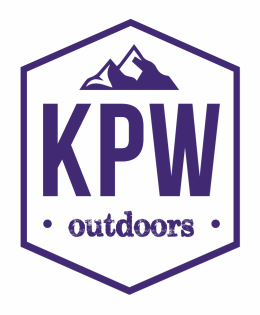
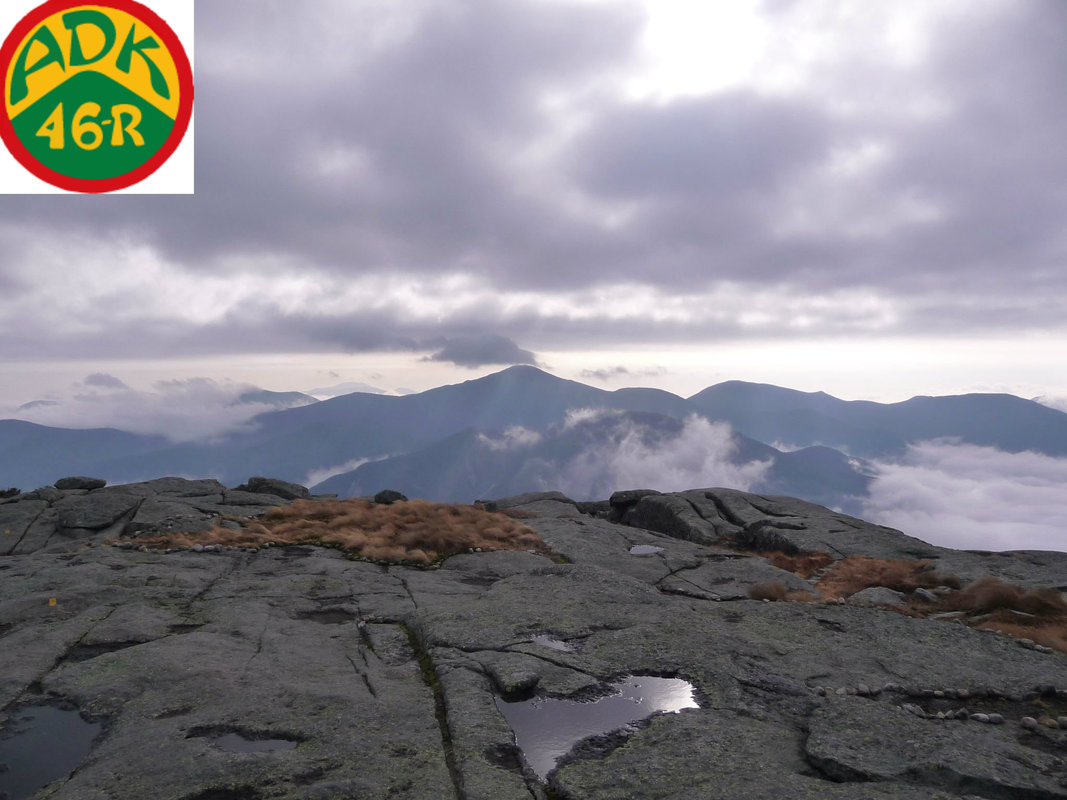
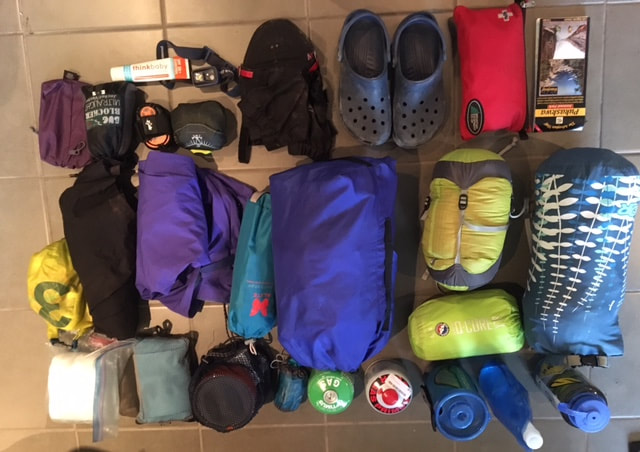

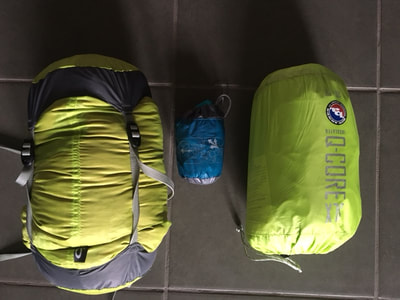
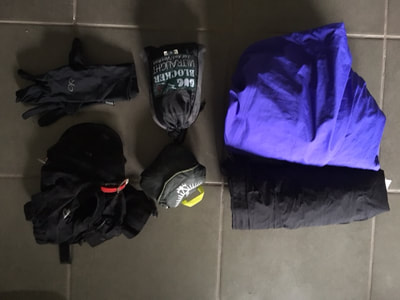
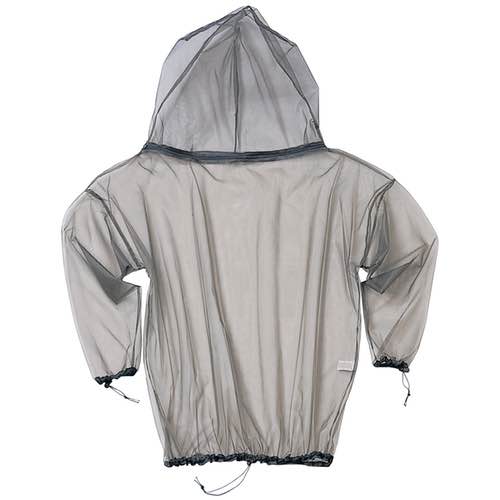
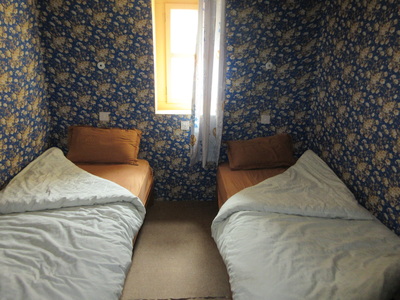
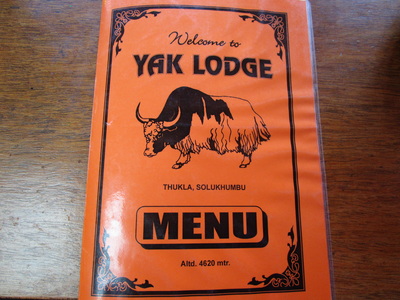
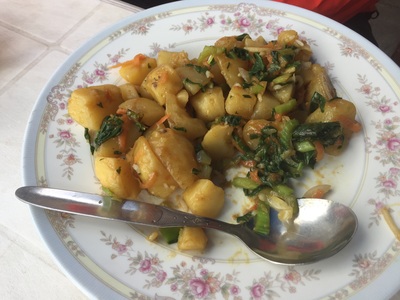
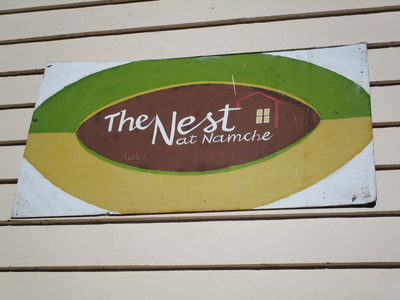
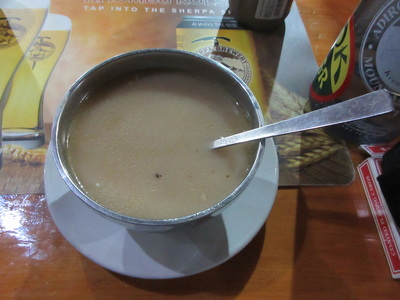
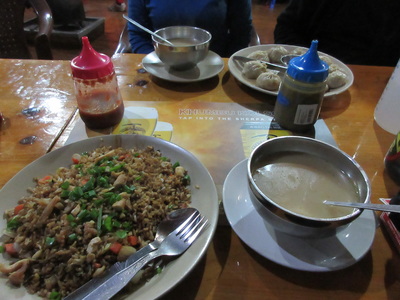
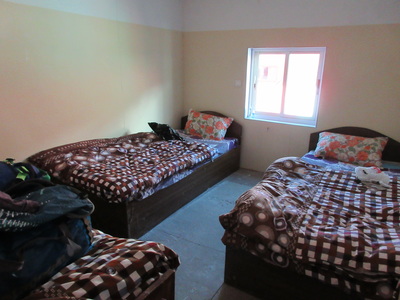
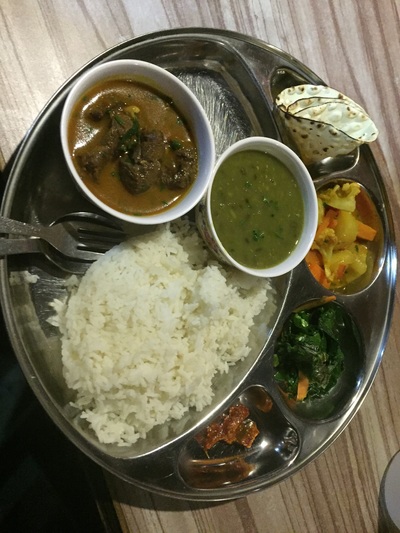
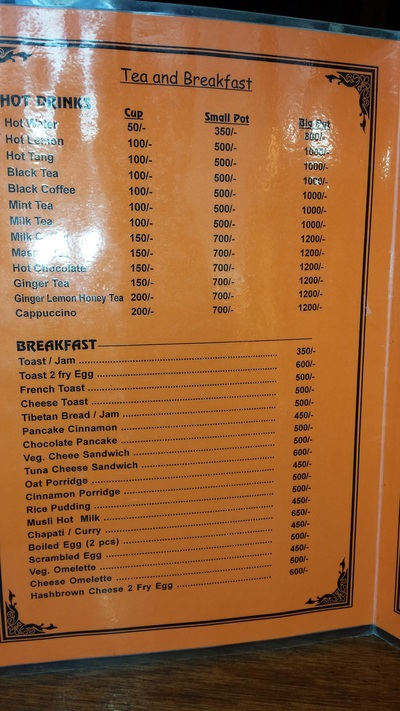
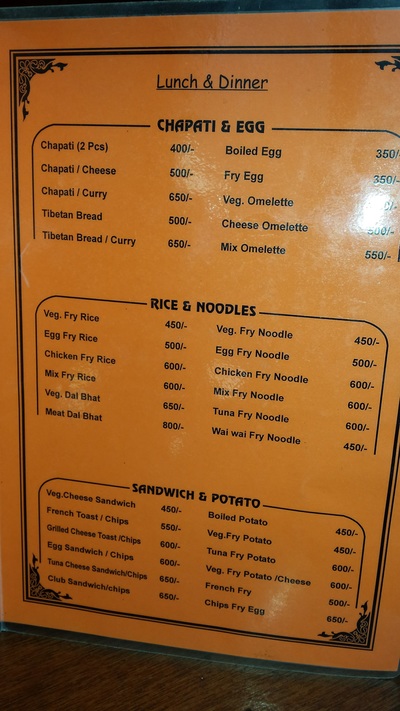
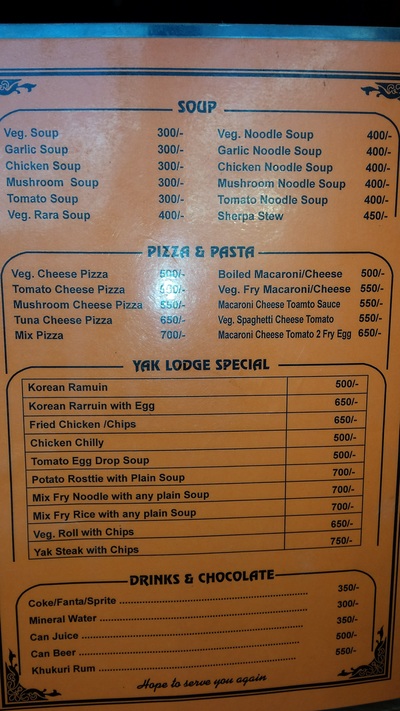
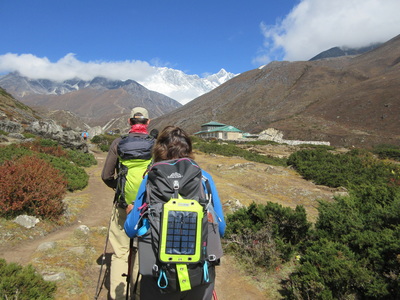
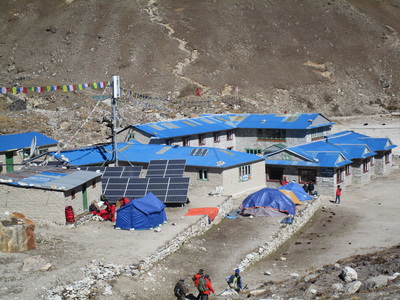
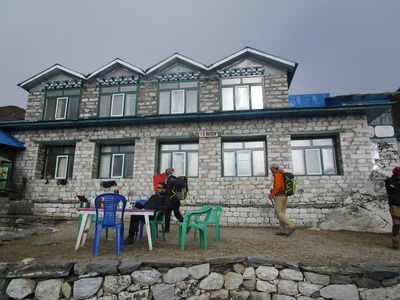
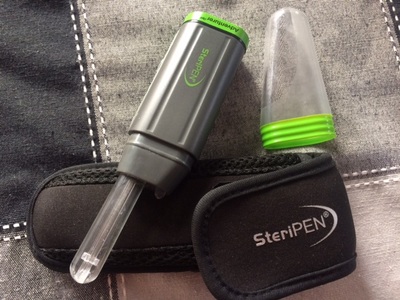
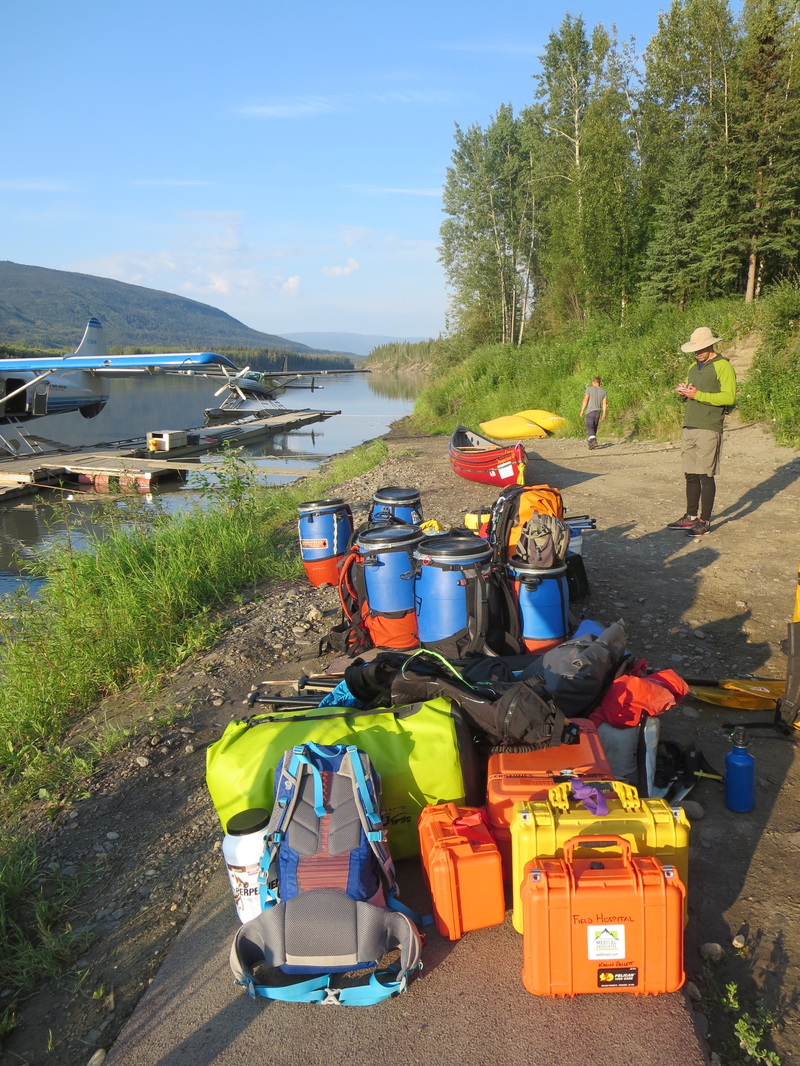
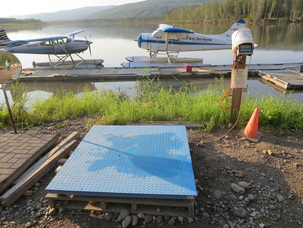
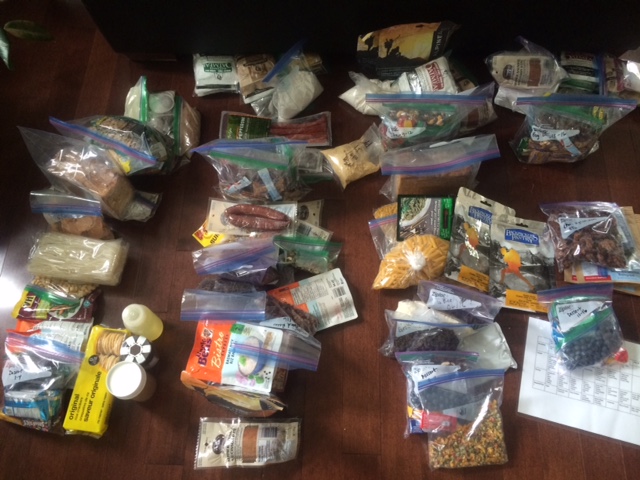
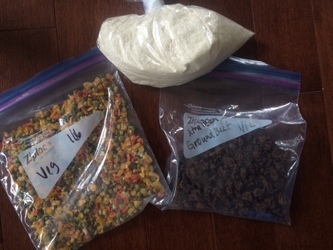
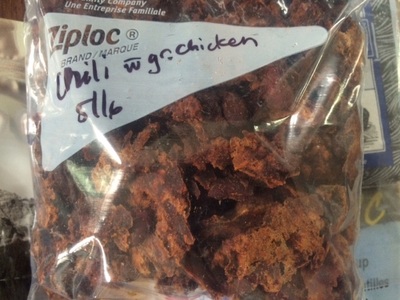
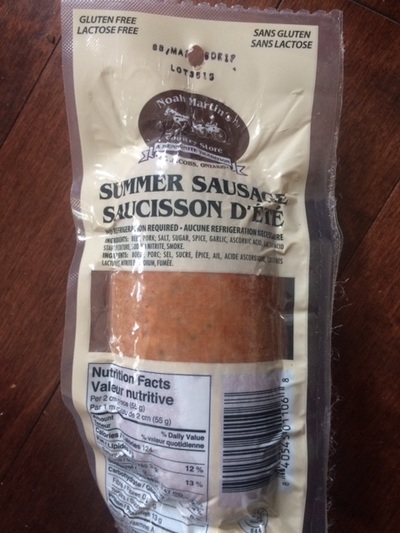
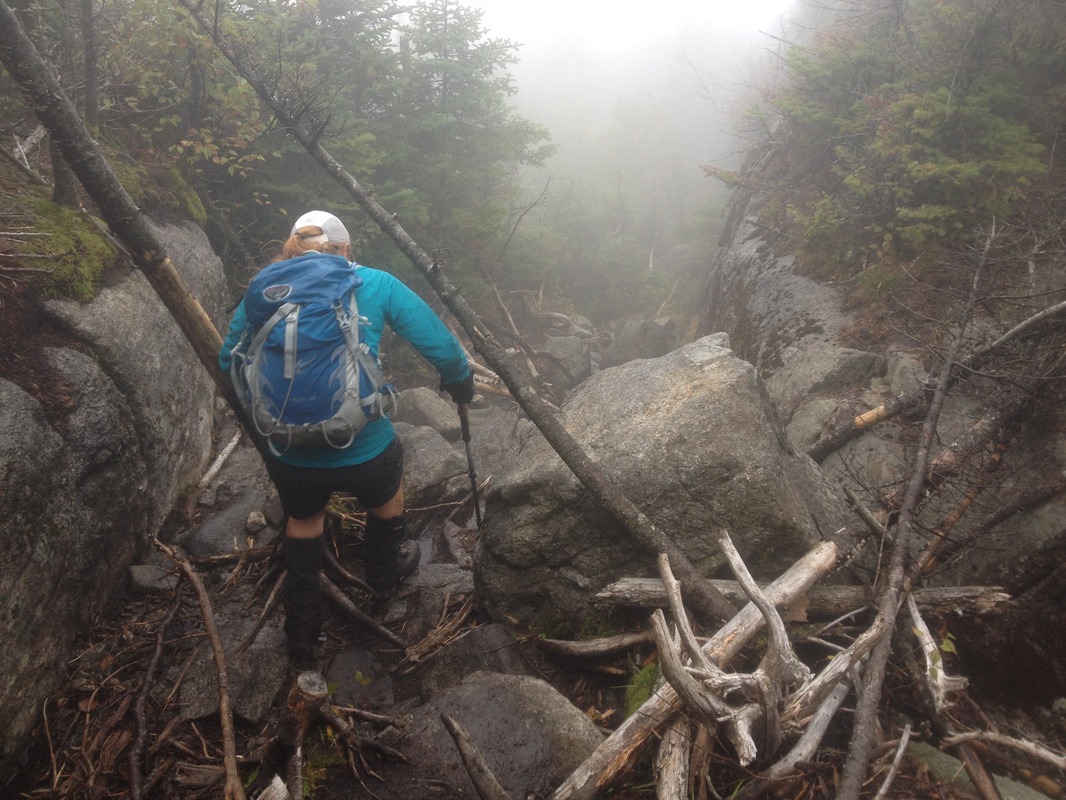
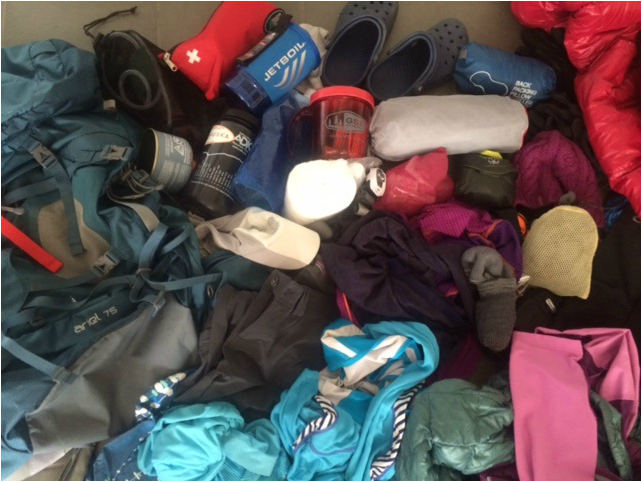
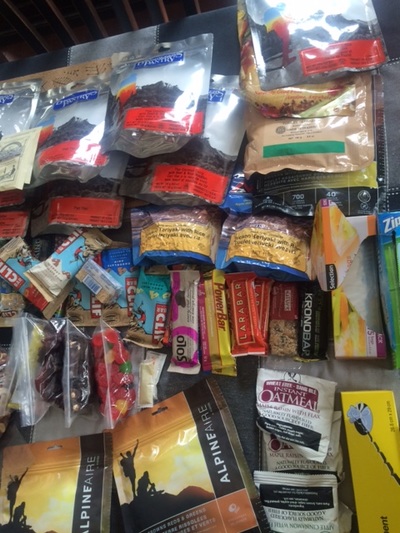
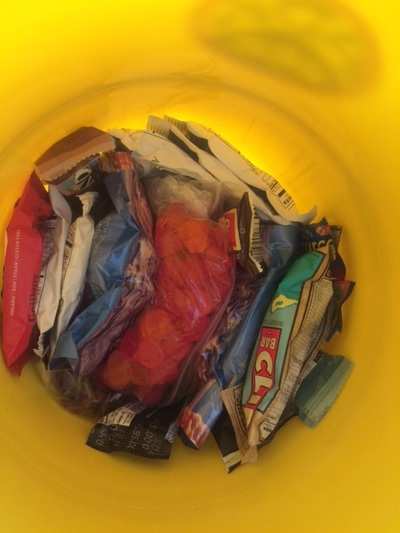
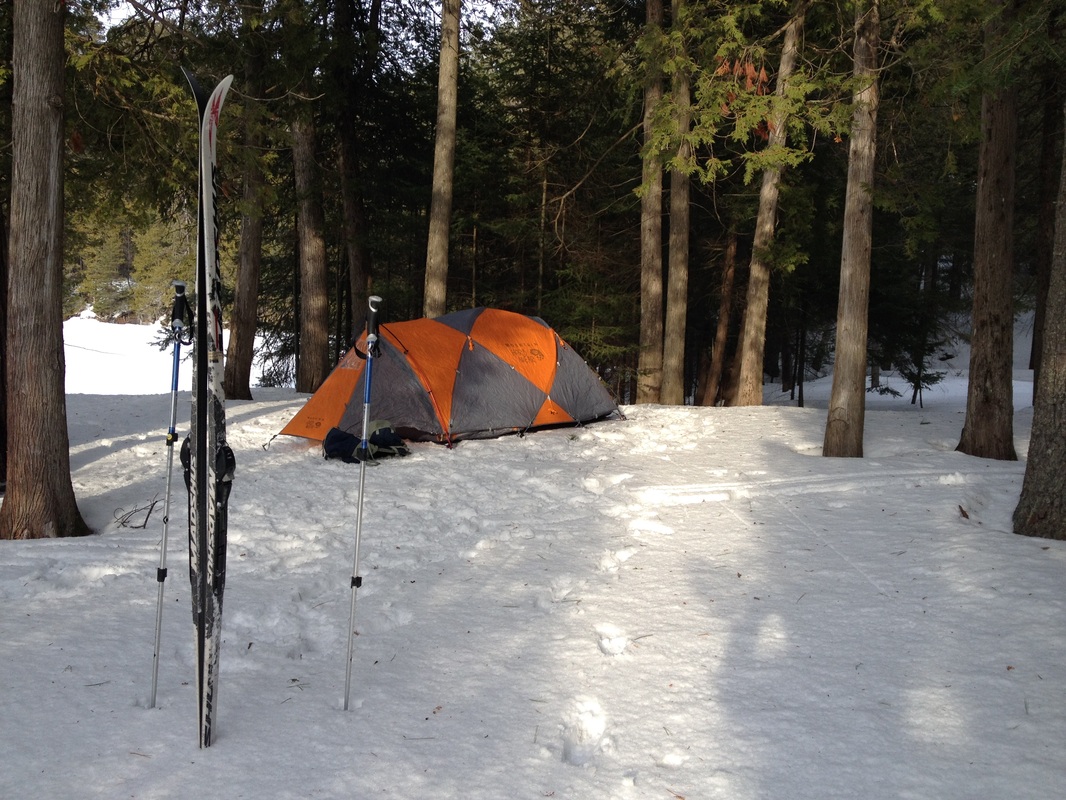
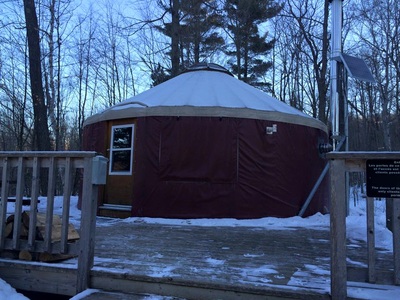
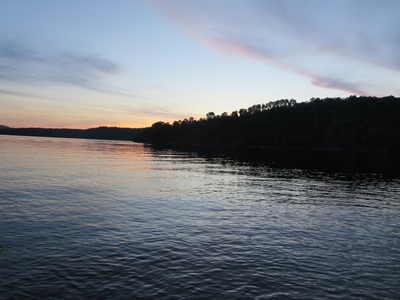
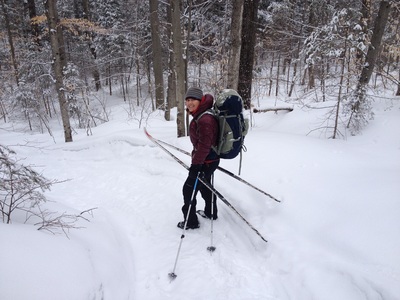
 RSS Feed
RSS Feed

